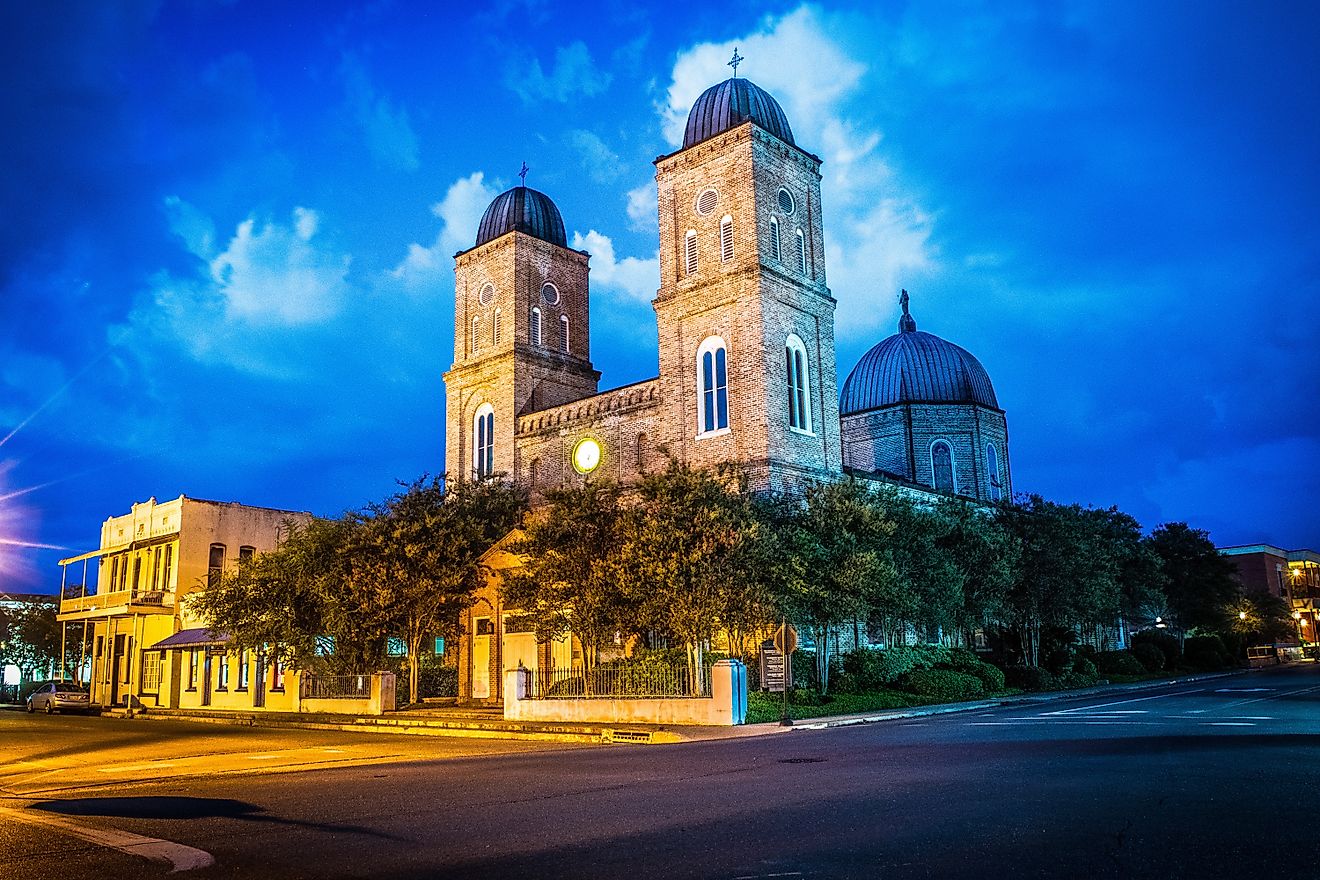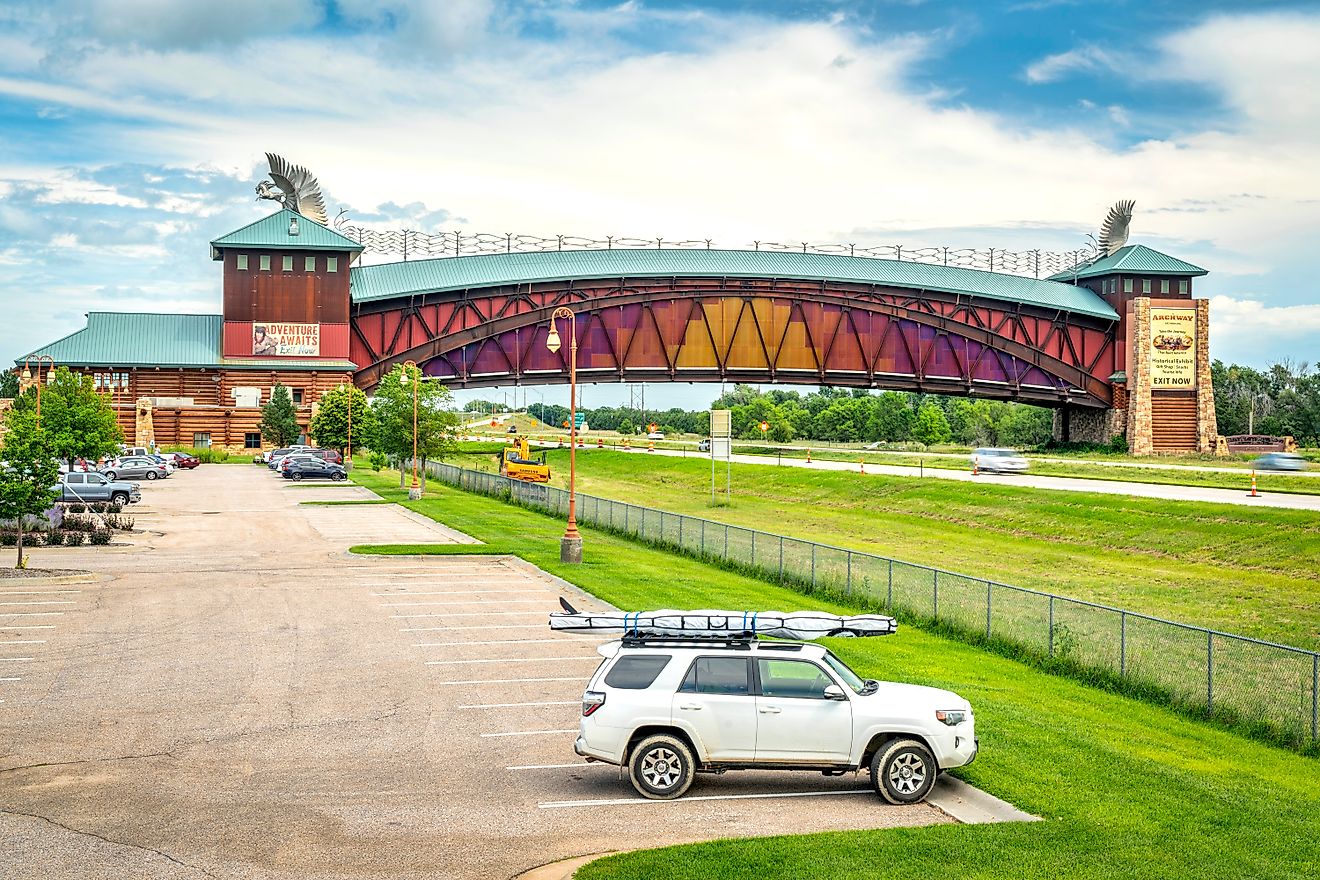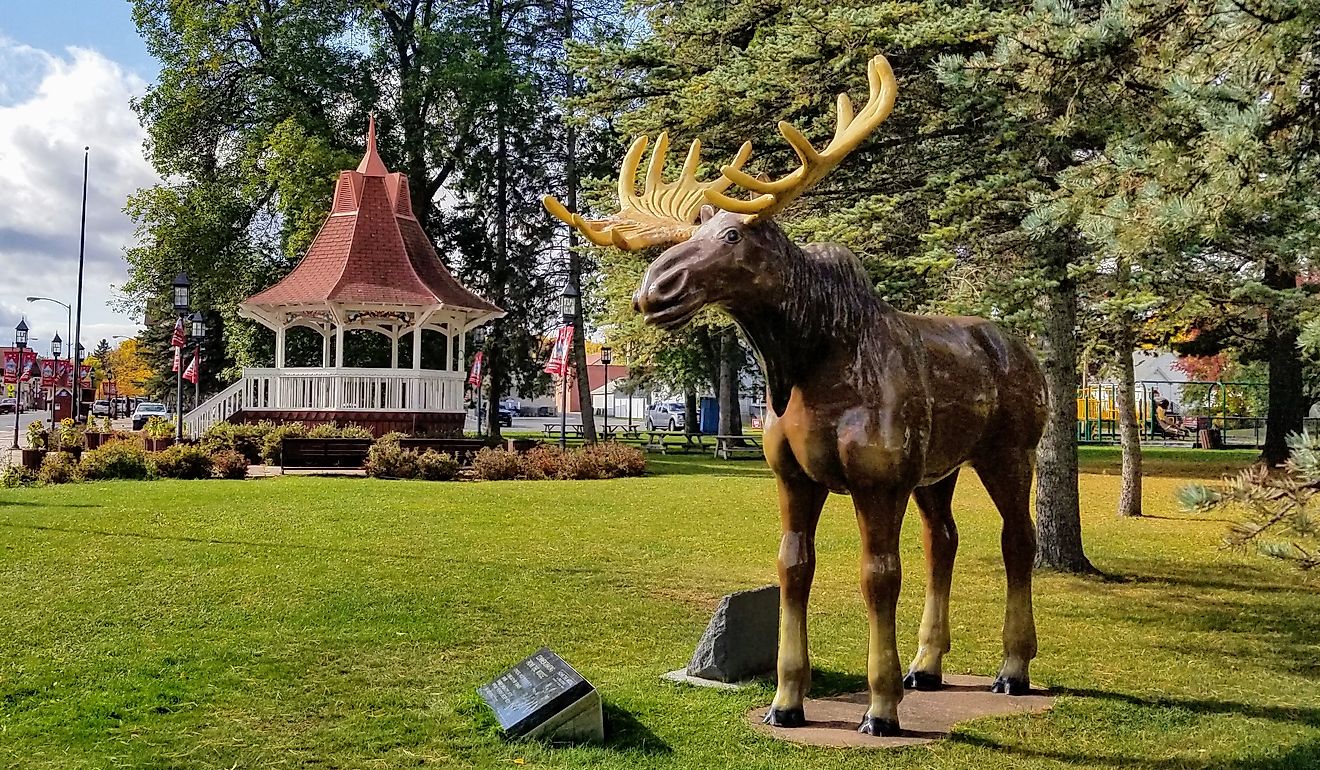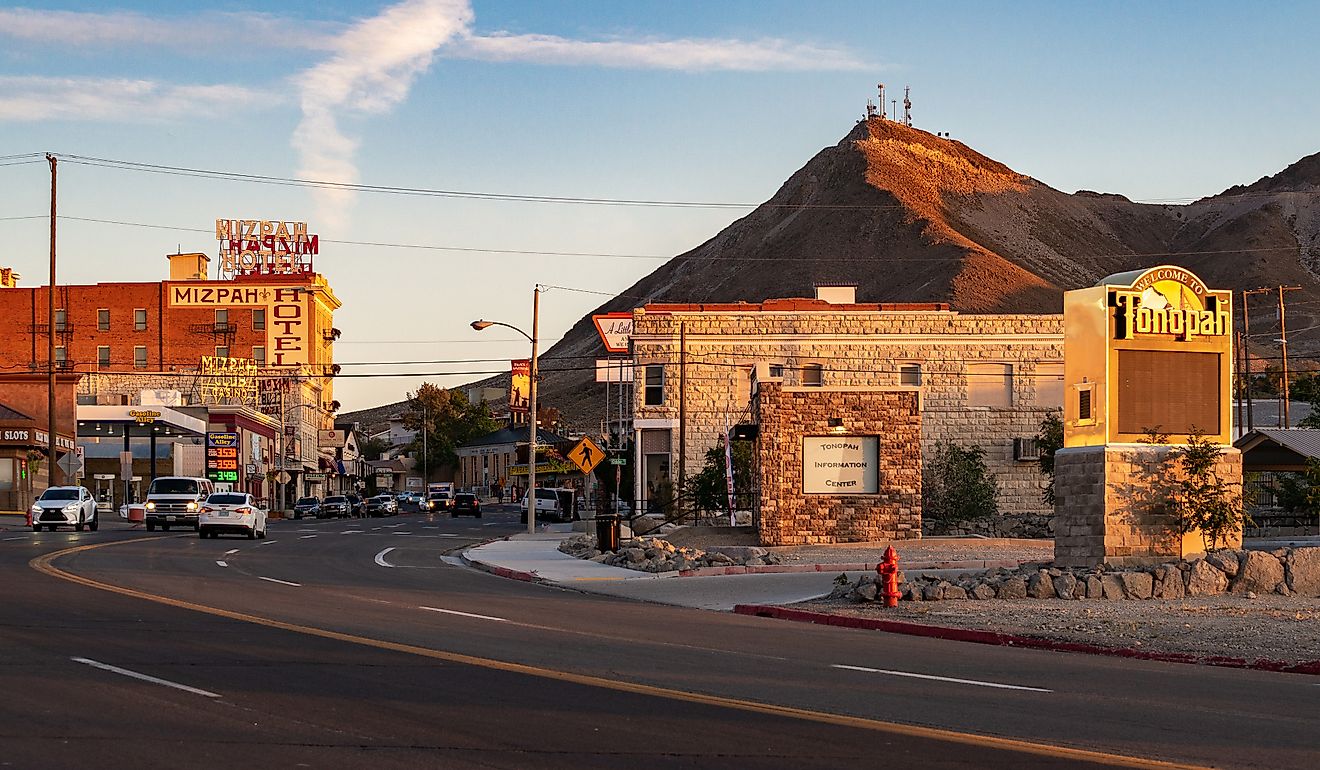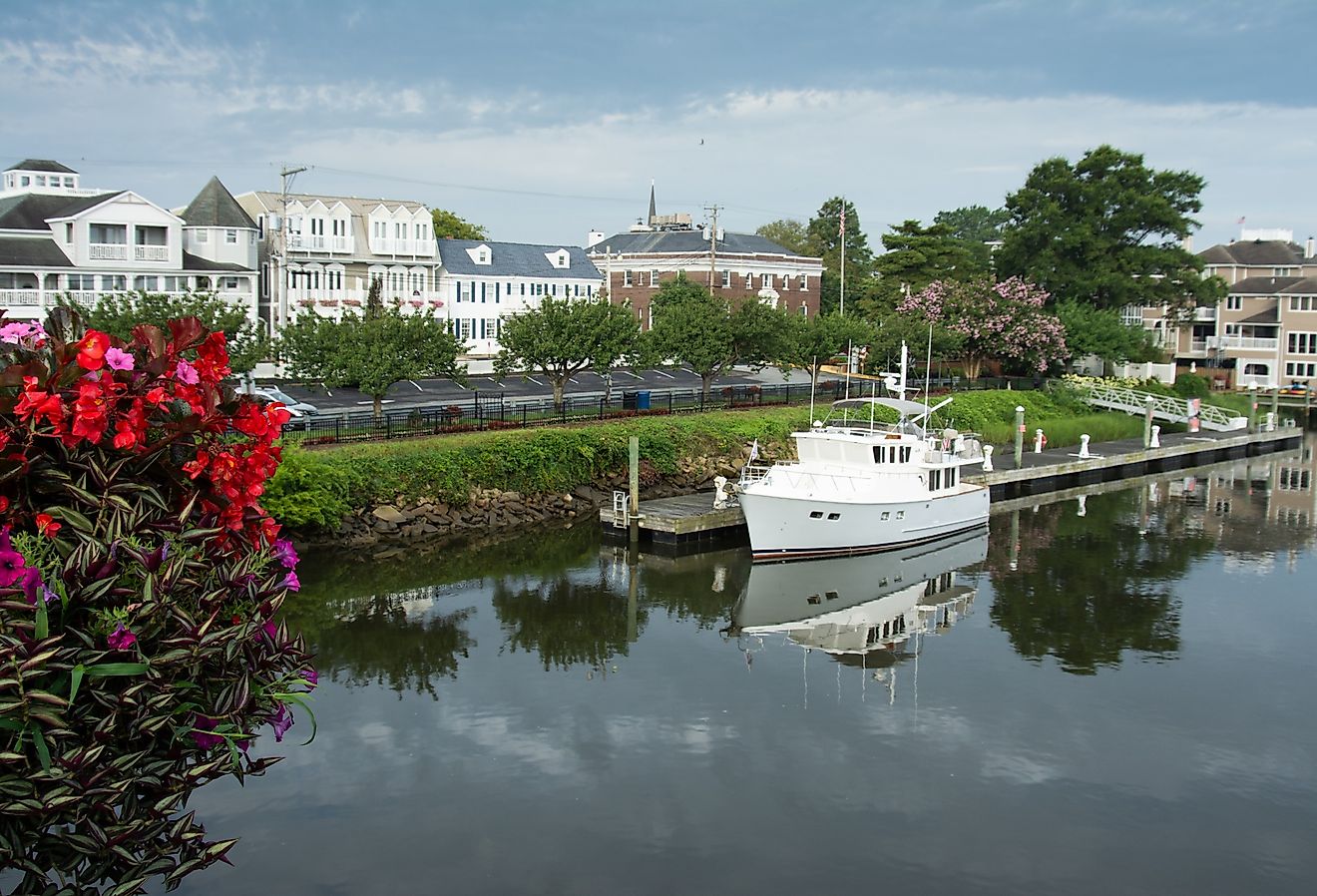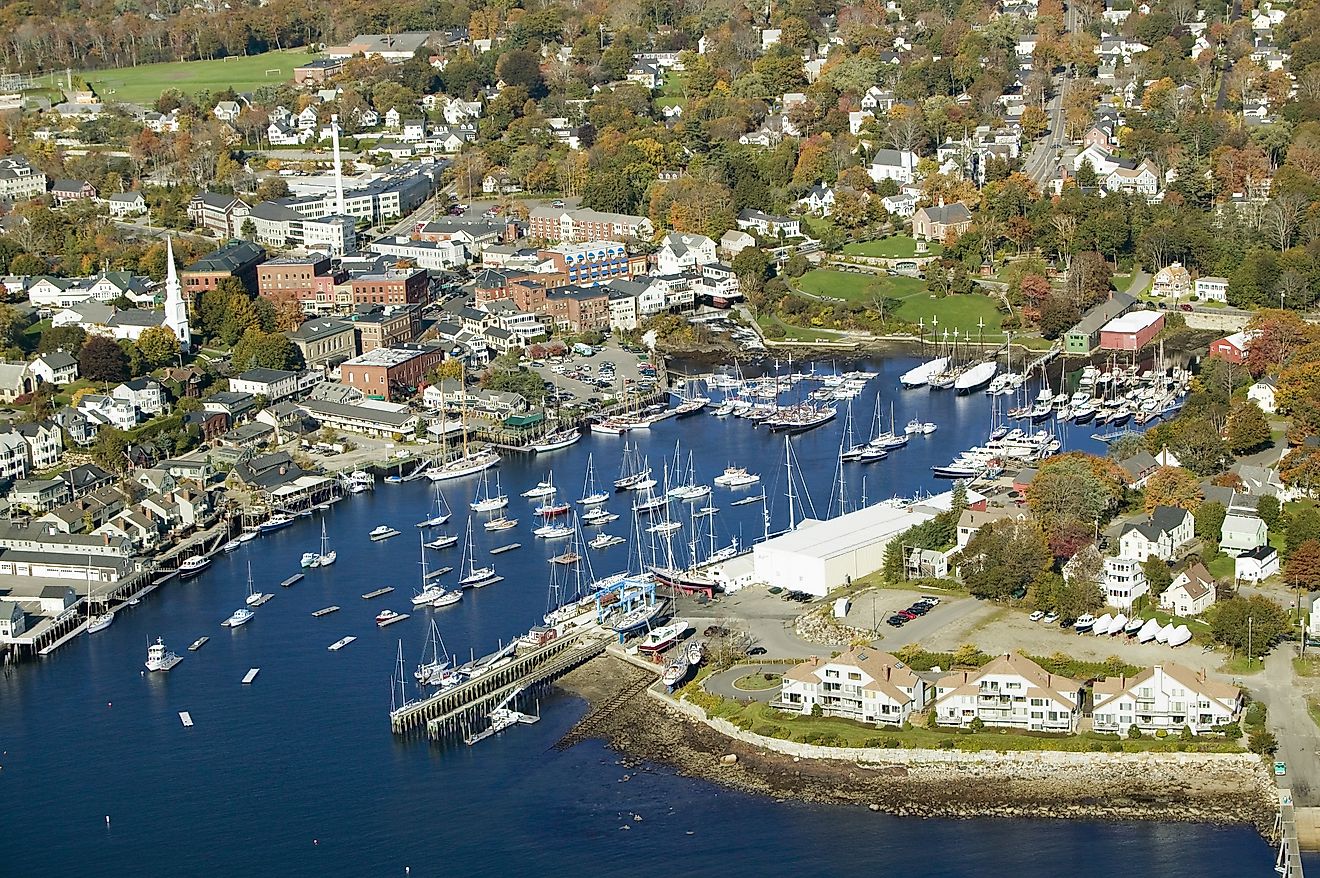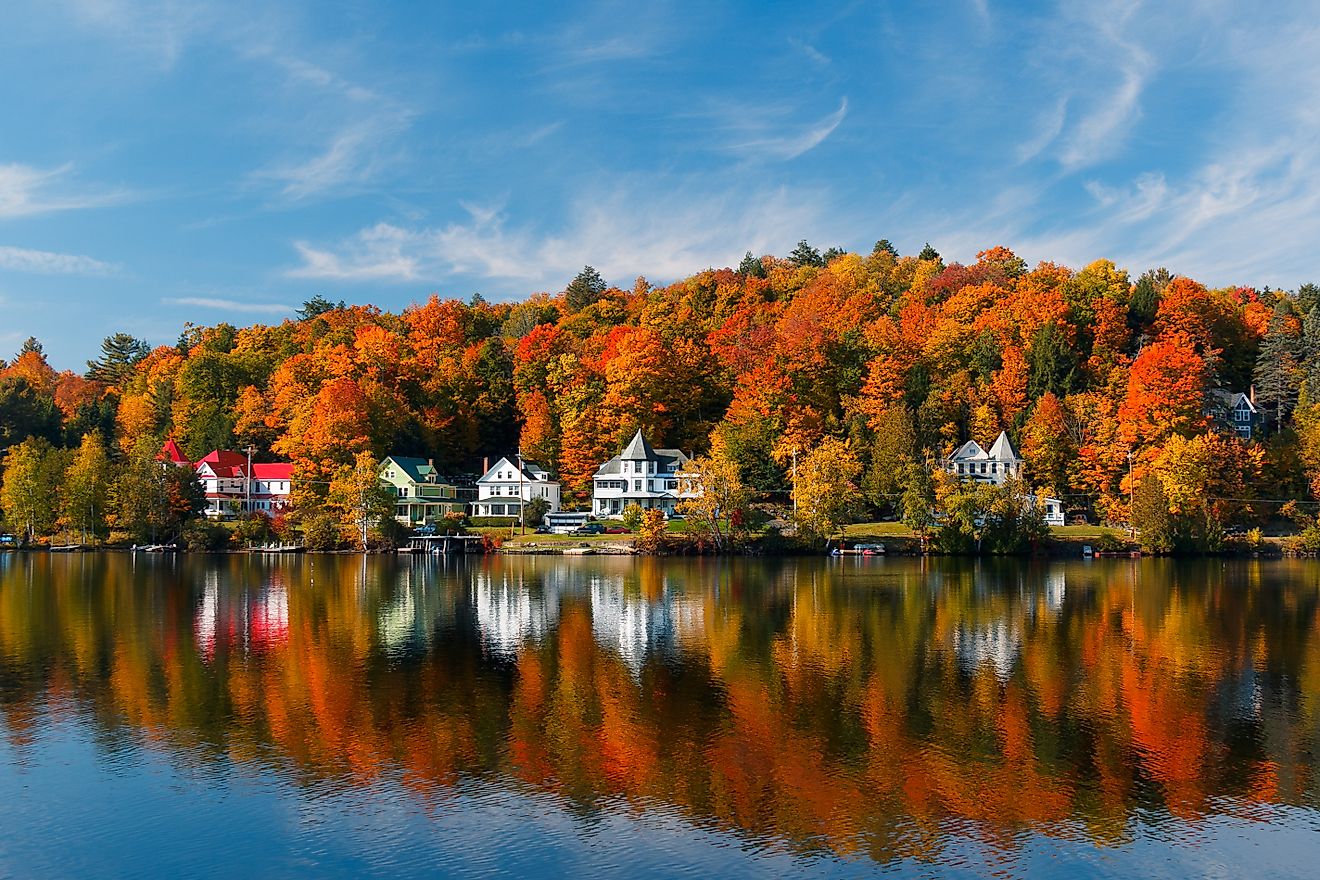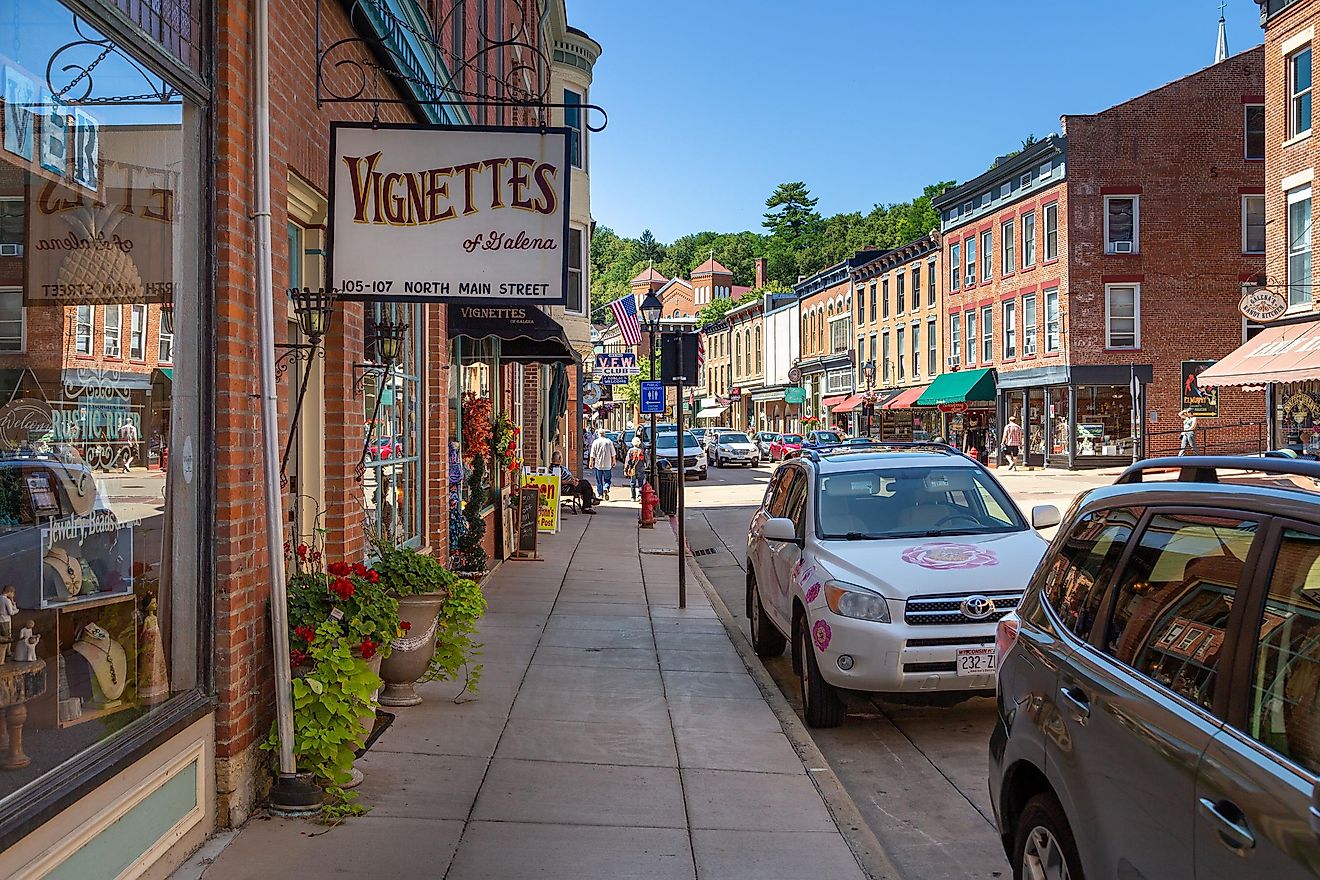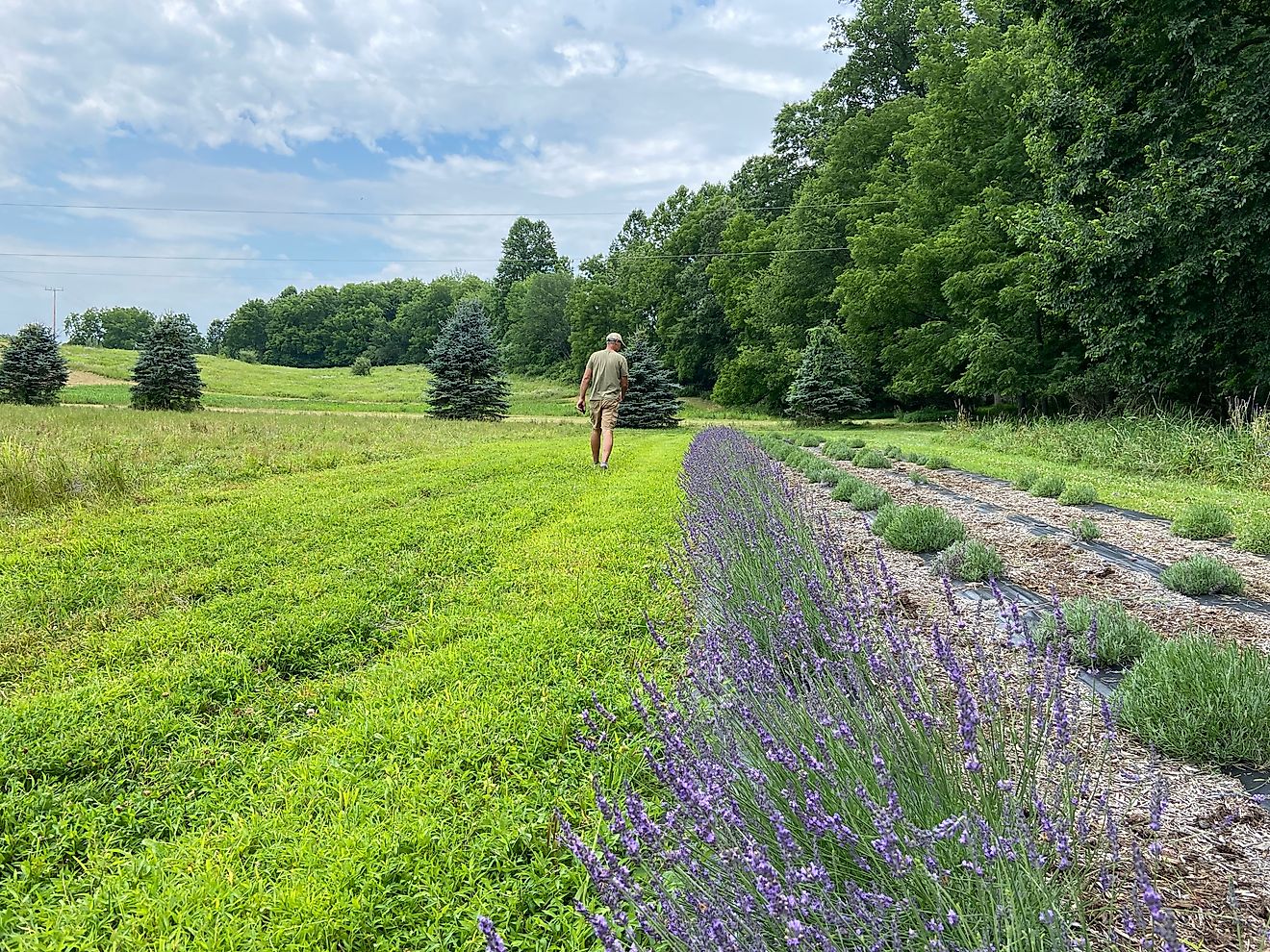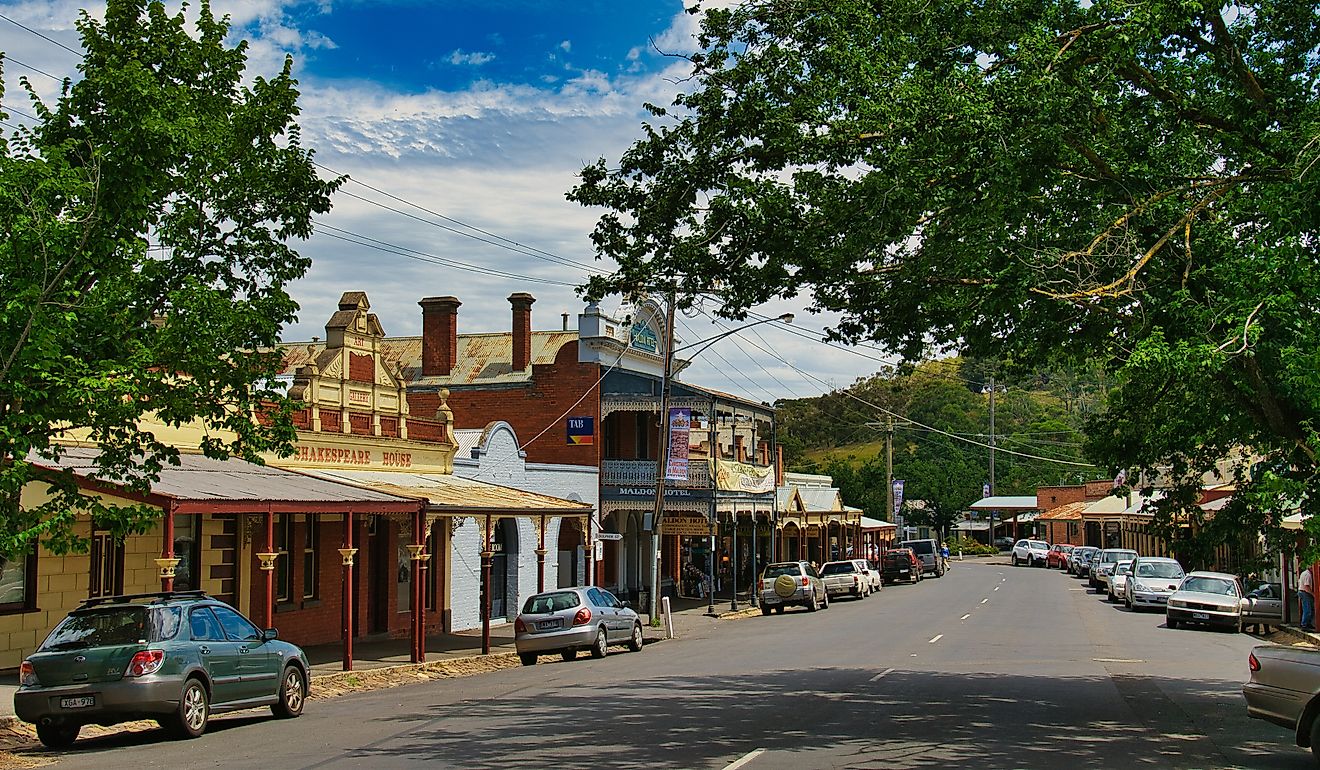
The Pacific Coast's 7 Best Retirement Towns Ranked
Retirement often conjures images of Florida shorelines or desert oases in Arizona, but the Pacific Coast has a distinct charm that quietly draws those seeking an entirely different experience. Picture a stretch of ocean-sprayed highways, dramatic rocky cliffs, and lush forests that have inspired adventurers for centuries. This region offers mild temperatures, fresh coastal air, and locally shaped communities rather than generic resort sprawl.
In this list of the 7 best places to retire on the Pacific Coast, we break away from the expected retirees’ go-to spots, focusing instead on towns that combine affordability, natural beauty, and essential amenities. Each of these communities has a history all its own, some rooted in timber and fishing, others in maritime trade, but all share a deep attachment to the Pacific itself.
7. Fort Bragg, California

Fort Bragg, established as a military garrison prior to the American Civil War, transitioned into a lumber town and now thrives on tourism and its enchanting natural surroundings. The town is notably home to the Adventist Health Mendocino Coast Hospital, providing essential healthcare services to residents. Fort Bragg's median house price stands at approximately $600,000, reflecting its accessibility compared to other coastal California cities.
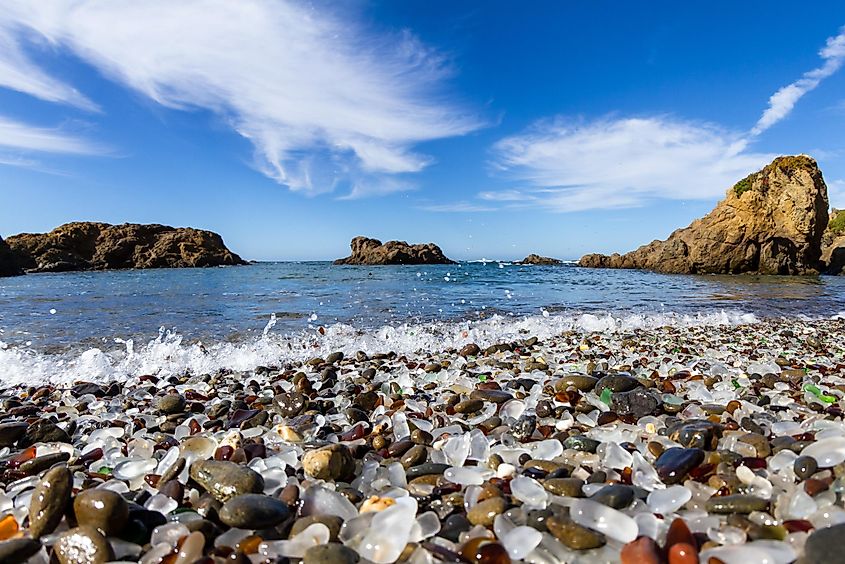
In Fort Bragg, people enjoy the Glass Beach, famous for its sea glass-pebbled shores, and the historic Skunk Train, which offers scenic rides through redwood forests. The town also boasts the Mendocino Coast Botanical Gardens, featuring flora from the entire Pacific rim. For dining, D'Aurelio's offers authentic Italian cuisine, while the North Coast Brewing Company’s taproom serves locally crafted beers alongside hearty meals. The Guest House Museum, housed in the historic company store of the Union Lumber Company, provides insights into the town's lumber history, enriching visitors' understanding of the area's cultural heritage.
6. Eureka, California
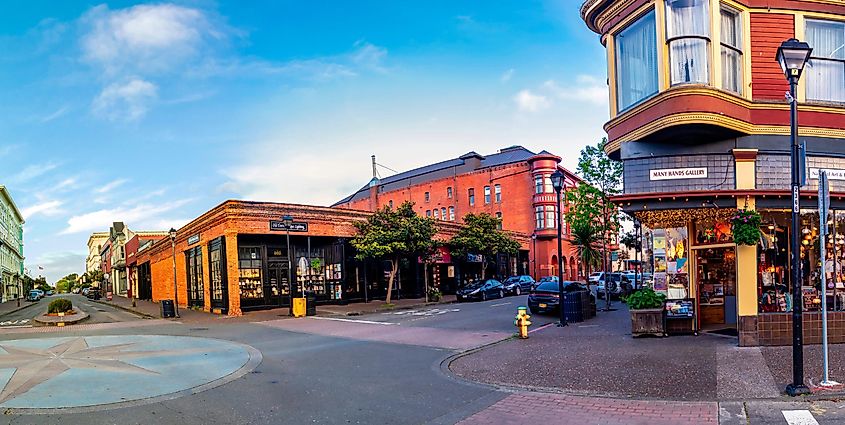
Eureka, located along the scenic coastline of Humboldt County, encapsulates rich historical essence, originally inhabited by the Wiyot tribe and later established as a major lumber and fishing hub. Its Victorian architecture, notably in the Old Town district, highlights Eureka’s commitment to its heritage. The town features the St. Joseph Hospital, providing comprehensive healthcare services. Eureka's median house price is approximately $400,000, making it financially accessible.
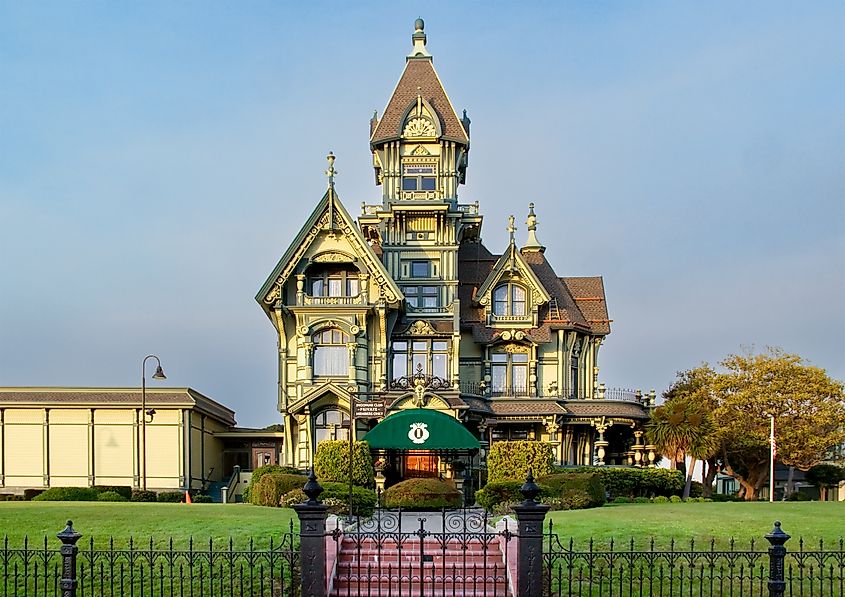
For entertainment and leisure, Eureka offers a range of attractions and activities. The Sequoia Park Zoo, established in 1907, is among the oldest in California, set within the lush, expansive Sequoia Park that also features trails and picnic areas. Historical enthusiasts appreciate the Clarke Historical Museum, showcasing extensive Native American and Gold Rush artifacts. Dining options include the Brick & Fire Bistro, known for its artisanal pizzas, and Café Nooner, offering local organic cuisine. Additionally, the town’s proximity to Redwood National and State Parks provides endless outdoor exploration opportunities.
5. Port Townsend, Washington
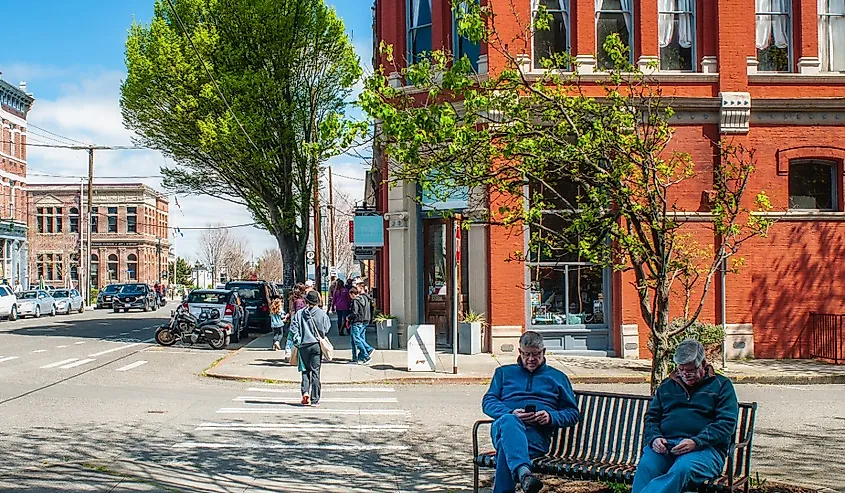
Port Townsend is positioned on the northeastern tip of the Olympic Peninsula, and houses stunning maritime heritage and Victorian architecture. The town’s strategic location was initially intended as a key port in the late 19th century, although it never became the large seaport once envisioned. Jefferson Healthcare Hospital serves the community, providing essential health services. The median house price in Port Townsend is approximately $630,000, reflecting its desirability and the quality of life it offers.
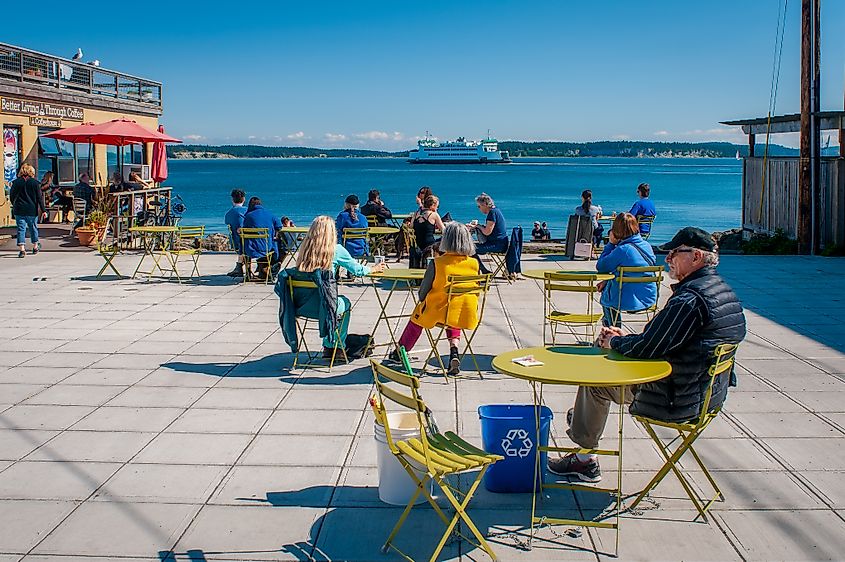
Culturally and recreationally, Port Townsend is vibrant and diverse. The Rose Theatre and the Uptown Theatre offer regular film screenings, including international and art-house films. Key city festivals include the renowned Port Townsend Wooden Boat Festival and the Port Townsend Film Festival. For dining, the Silverwater Café and the Fountain Cafe offer locally sourced dishes. The Jefferson Museum of Art & History provides insights into the local culture and history, while Chetzemoka Park, with views over Puget Sound, offers peaceful walks and picnic spots.
4. Brookings, Oregon
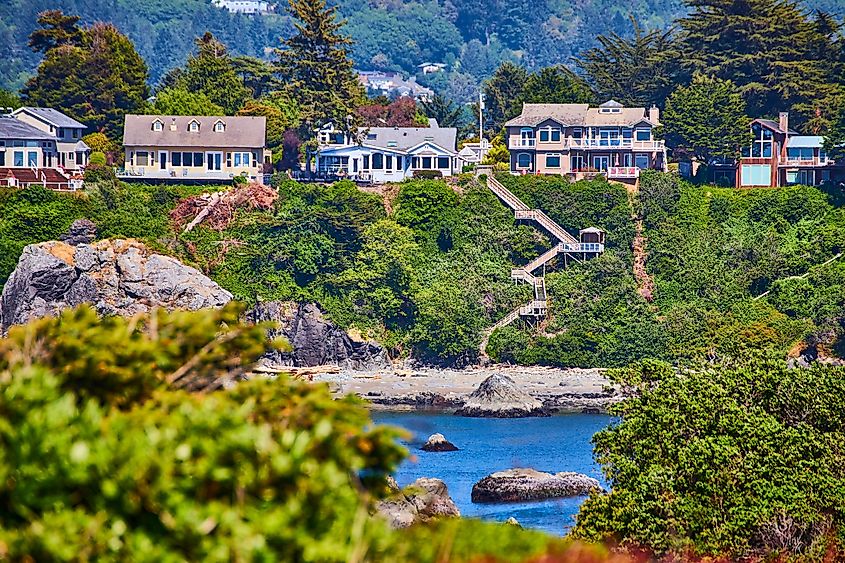
Brookings, located near the California border along the southern coast of Oregon, offers a unique climate known as the "Banana Belt," unusual for its mild weather patterns compared to the rest of the Pacific Northwest. This climate fosters a variety of flora and fauna that contribute to the area’s natural beauty. Brookings originated from a shipbuilding site during World War II and has evolved into a community focused on fishing, tourism, and retirement. Curry General Hospital provides healthcare services to the local population. The median house price in Brookings is approximately $500,000.
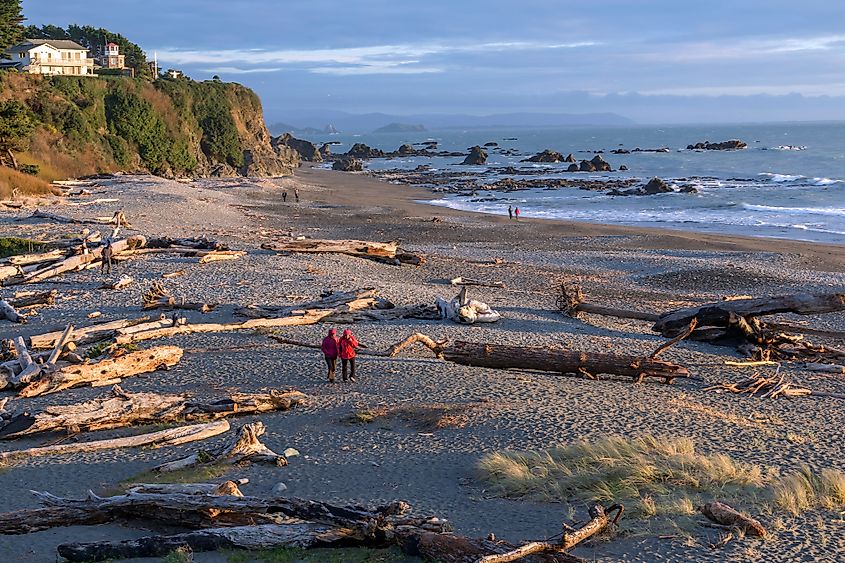
Brookings is home to the Azalea Park, which hosts the annual Azalea Festival and features beautifully landscaped gardens and natural areas. The Chetco Historical Memorial Museum offers insights into the region’s rich history, particularly its native cultures and logging industry. For dining, Superfly Distilling Company provides locally crafted spirits and a cozy atmosphere, while Mattie’s Pancake House offers a popular breakfast spot. The Harris Beach State Park, just north of the town, offers spectacular ocean views and beach access.
3. Coos Bay, Oregon
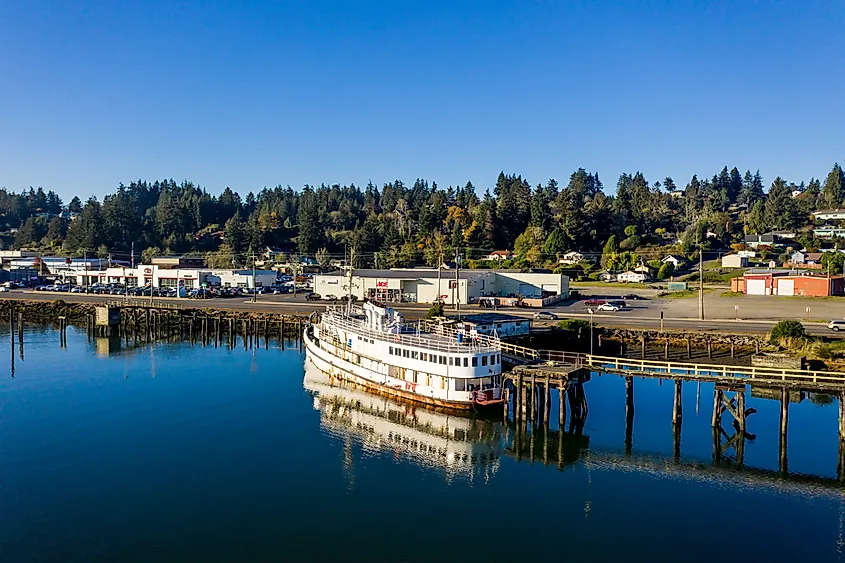
Coos Bay, Oregon, the largest city on the Oregon Coast, has a rich history as a former shipbuilding and lumber town. The town's economy and culture have historically been tied to the bay itself, which is the largest natural harbor between San Francisco and Seattle. Coos Bay is renowned for the Oregon Coast Historical Railway, where visitors can explore vintage trains and railroad artifacts. The Bay Area Hospital provides comprehensive healthcare services to the community. The median house price in Coos Bay is about $300,000, making it an affordable option for retirees.
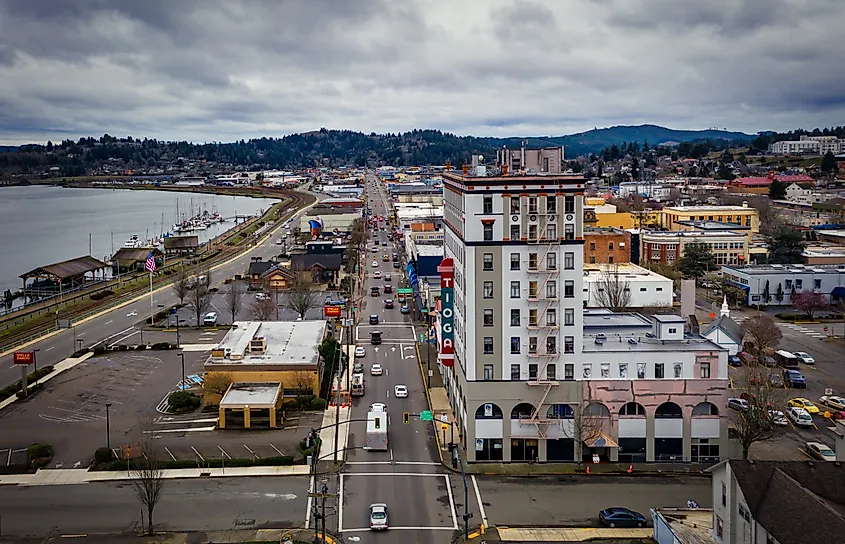
For recreation and leisure, Coos Bay offers abundant natural beauty and outdoor activities. Mingus Park provides trails, a pond, and a Japanese garden, ideal for tranquil walks. The Coos Art Museum, housed in a former post office, features regional and national art exhibits. For dining, the Blue Heron Bistro offers German and American cuisine, while 7 Devils Brewing Co. serves locally brewed beers with a waterfront view. The nearby Oregon Dunes National Recreation Area offers opportunities for ATV riding, hiking, and bird-watching.
2. Florence, Oregon

Florence, situated at the mouth of the Siuslaw River along the Pacific Ocean, is celebrated for its strategic location on the Oregon Coast, providing access to both freshwater and marine activities. The town's charm is embodied in the Siuslaw River Bridge, an iconic example of Art Deco architecture. The town's economy has historically revolved around logging, fishing, and, more recently, tourism, which continues to thrive with the area's natural and cultural offerings. PeaceHealth Peace Harbor Medical Center serves as the main healthcare provider for residents. The median house price in Florence is about $400,000.
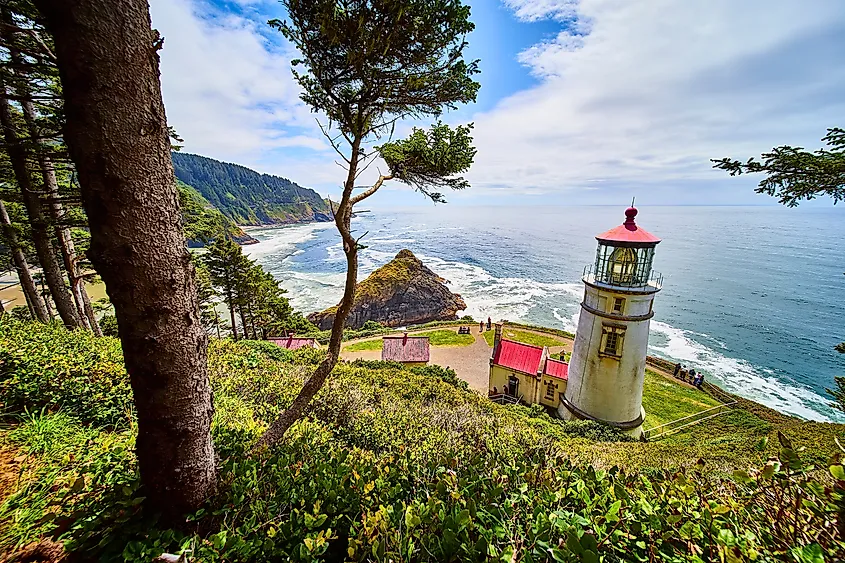
The Florence Old Town offers shopping, dining, and the Siuslaw Pioneer Museum, which details the town’s logging and fishing heritage. For nature lovers, the Sea Lion Caves north of the town are a major draw. Dining options include Waterfront Depot for seafood and international dishes, and Mo's Seafood & Chowder for its famous clam chowder. Additionally, Jessie M. Honeyman Memorial State Park offers hiking, sand dunes, and lake activities.
1. Astoria, Oregon
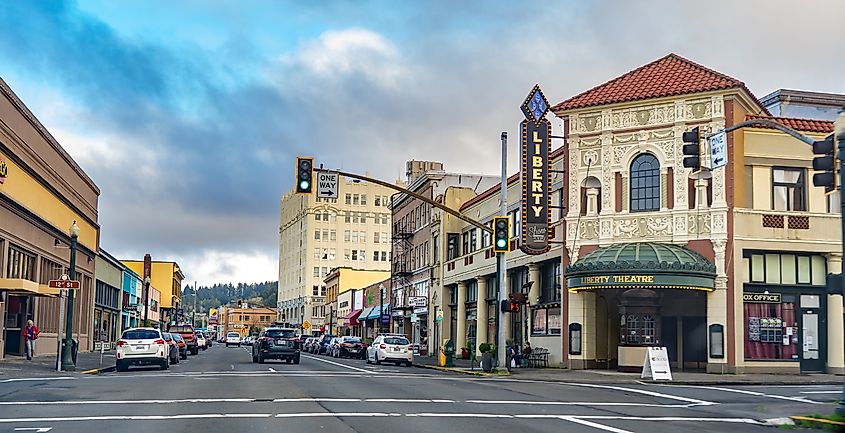
Astoria, positioned at the mouth of the Columbia River, is the oldest American settlement west of the Rockies, established as a fur trading post in 1811 and later evolving into a bustling port town. Its rich maritime history is preserved in the nationally renowned Columbia River Maritime Museum, which houses a vast collection of artifacts and exhibits relating to the region's naval and fishing heritage. Astoria's legacy is also reflected in its Victorian-era architecture. Columbia Memorial Hospital provides medical services to the area's residents. The median house price in Astoria is approximately $500,000.
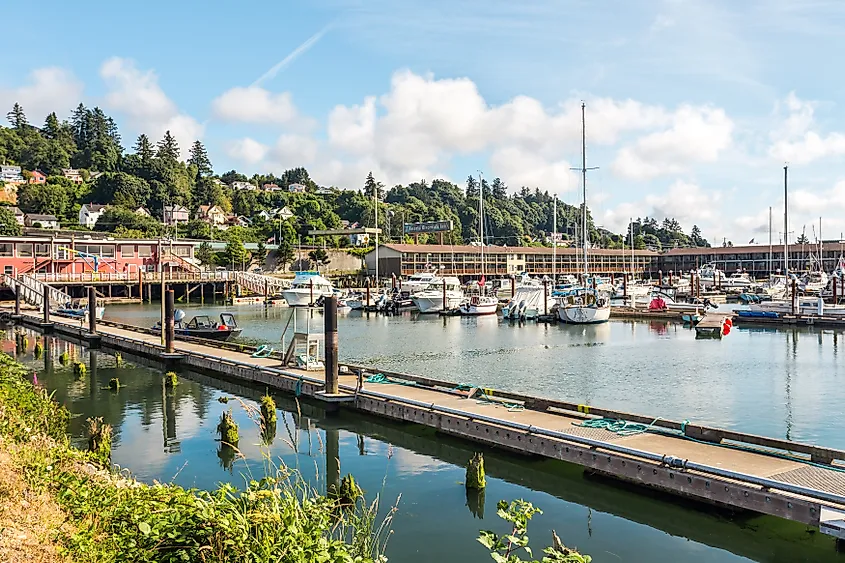
Astoria's cultural and recreational offerings make it a compelling choice for retirees. The Astoria Riverwalk stretches along the river, offering scenic views and access to the historic Astoria Riverfront Trolley. For dining, the Bridgewater Bistro offers river views with locally sourced seafood, and the Fort George Brewery is known for craft beers and pub fare. Outdoor enthusiasts can explore the nearby Fort Stevens State Park, which offers hiking, cycling, and beachcombing opportunities. The Liberty Theater, an elegantly restored 1920s venue, hosts concerts, films, and cultural events.
Retiring on the Pacific Coast is more than a scenic choice; it’s a strategic investment in history, local culture, and personal well-being. These seven towns, each with hospital access, affordability, and distinctive attractions—from sea glass shores in Fort Bragg to art walks in Astoria—offer not just a home but a lifestyle. The Redwood forests of Eureka beckon explorers, while Florence’s Art Deco bridge underscores its heritage. Wherever you land, the Pacific Coast's tapestry ensures an ongoing retirement brimming with discovery.
